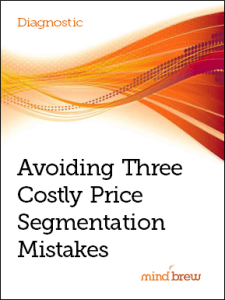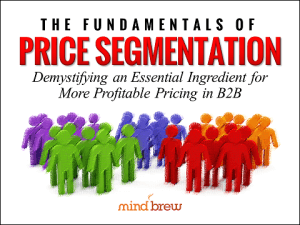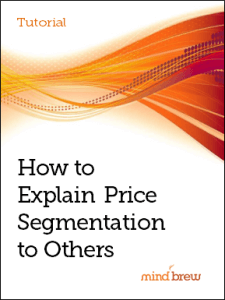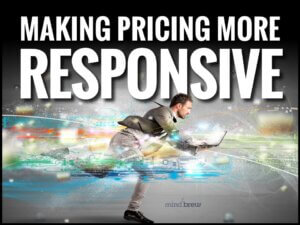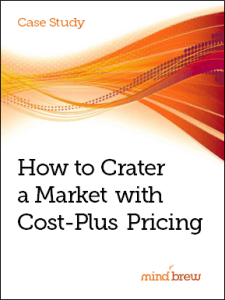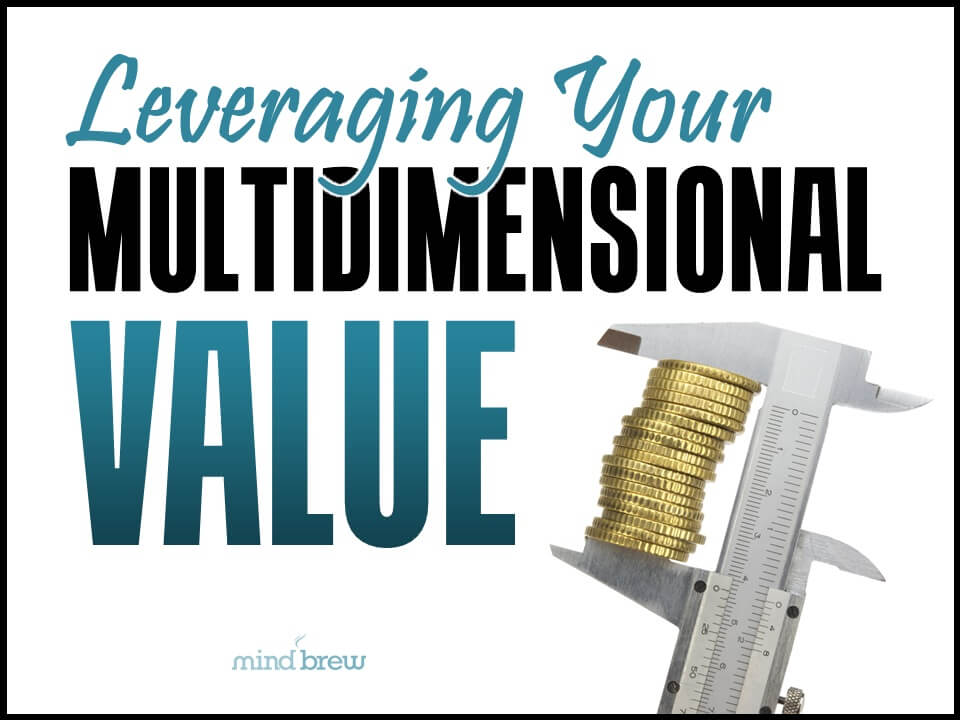No model is ever completely accurate.
Sure, a model can be highly detailed, but it is never going to be exactly the same as the original. If it were, it wouldn’t actually be a model anymore.
For example, a map is a model of a city. If you built a map of a city that was exactly the same size as the original and composed of asphalt and steel and all the other actual materials that comprise a city, you wouldn’t have a map anymore. You’d just have another city. And that wouldn’t be very useful as a map.
But one downside of a scale-model map that is made of paper or pixels instead of streets and buildings is that it’s never 100% accurate. It’s simplified. And as you zoom out, the model becomes more and more simplified and less and less accurate. You just can’t see as much detail on a globe as you can on a city map, for example.
In addition, you need different types of maps for different purposes. Most of the time when I’m driving around town, the map app on my phone serves my needs very well. It shows me where all the streets are and even gives me directions from point A to point B.
But when I’m hiking in the woods, that kind of street map does me no good at all. Sometimes the map on my phone looks like this:

I don’t know about you, but that kind of map isn’t going to help me find my way out of the woods. For that, a topographical map like the one below would be a lot more useful.
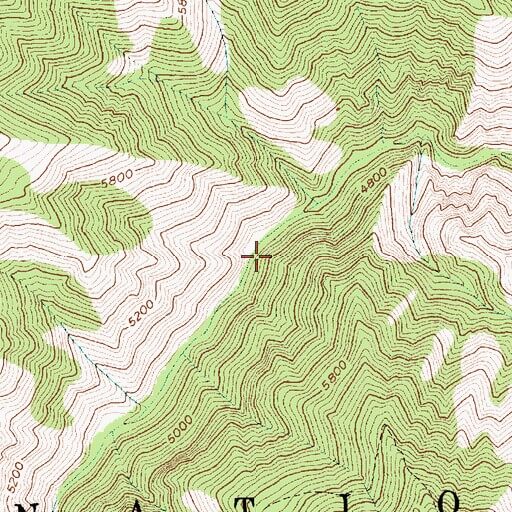
And if I were flying in a plane, I would need a completely different kind map. And sailing in a boat across the ocean would require yet another kind of map. In each case, the map won’t be an exact representative of reality, but if it is based on accurate information, it will give you an excellent guide for wear to go.
If you think of a pricing segmentation model as a sort of map to your customers, you’ll see that these same sorts of principles apply. Your model will never be 100% accurate, but you can create a useful guide. Here are three ideas to keep in mind:
- Don’t borrow a segmentation model that wasn’t created for pricing. Using a sales segmentation model for pricing is a little like using a topographic map to drive across town or a street map to go hiking in the woods. The map might get you where you want to go — eventually — but you might get lost along the way, and it won’t be as easy as it could be.
- Make sure your segmentation model has the right level of granularity. If your map is zoomed out too far and looking at the whole state or country, it’s going to be pretty useless in helping you drive across town. In the same way, you need to have segments that are granular enough to be useful.
- Use real data to create your model. If someone asked you for directions to a particular place, and you drew your own map based on your memories of street names and landmarks, the map probably isn’t going to be as accurate as one made my a professional mapmaker. In the same way, you shouldn’t rely on intuition to develop a price segmentation model.
To learn the right way to create a pricing segmentation model, check out Avoiding Three Costly Price Segmentation Mistakes, The Fundamentals of Price Segmentation in B2B, and How to Explain Price Segmentation to Others

